华陀再世
一个中国医学生(CMG)在美国的生活。。。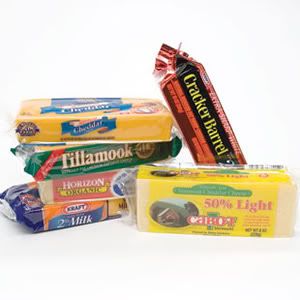
1. Read beyond "low-fat."(读清“低脂肪”食品的说明,不要多吃)
Even foods that claim to be "low-fat" may contribute significantly to fat intake if you eat more than one serving. The label phrase "low-fat" means the product contains 3 grams or less per serving. Be sure to check the serving size on the nutrition facts label and account for the extra fat (and calories) consumed if you eat more than one serving.
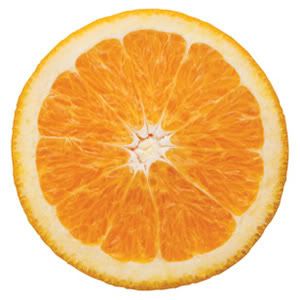
2. Get fiber.(多多食用植物纤维)
Research suggests that increasing soluble fiber intake by 5 to 10 grams each day may result in a 5 percent drop in LDL cholesterol. Start the day with a cup of oatmeal, put a ½ cup of beans on your salad at lunch, eat broccoli with dinner and snack on an orange or a pear and you’ll easily meet the target range.
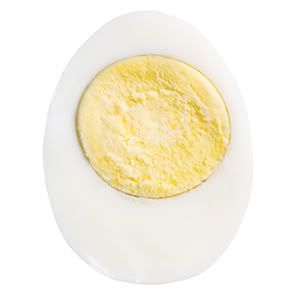
3. Eat eggs, in moderation.(吃鸡蛋要适量)
Eggs are no longer on the cholesterol blacklist. The daily recommended cholesterol limit is 300 milligrams of cholesterol and one egg contains about 213. So if you’re going to eat an egg in the morning, simply limit how much cholesterol you get that day from other sources. Substitute some veggies for meat at dinner, or skip the half-and-half in your coffee.

4. Start the day right.(注重早餐)
Choose hot or cold breakfast cereals, such as oatmeal and oat bran, that have about 2 grams of soluble fiber and 4 to 6 grams of total fiber per 1-cup serving. Add a banana or other fruit to boost fiber even more. This will help keep LDL cholesterol low.
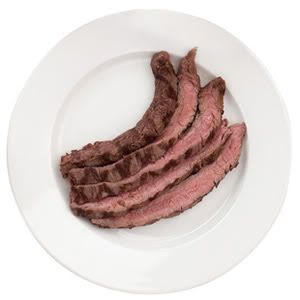
5. Double cholesterol whammy.(减少高脂肪食物的摄取)
Dietary cholesterol can elevate your blood cholesterol levels, but saturated fat has an even worse effect. However, the two are often found in the same foods, including meat, butter and full-fat dairy. So by limiting your intake of foods rich in saturated fat, you’ll also help reduce your intake of cholesterol.
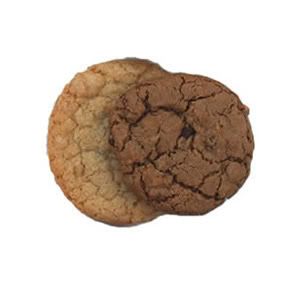
6. Know your sources of trans fat.(注意食品中的反式脂肪酸)
Since 2006, the FDA has required food manufacturers to list reportable amounts of trans fat on the nutrition facts label. What’s considered reportable? Food manufacturers don’t have to report the trans-fat content if it’s less than 0.5 gram per serving. So check the ingredients list for hydrogenated or partially hydrogenated vegetable oils even if the nutrition facts label reports 0 grams of trans fat.
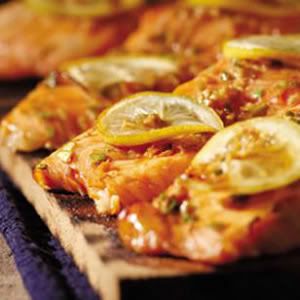
7. Go fish.(多吃鱼)
Twice a week, substitute a fatty fish, such as salmon or tuna, for a higher-fat meat like beef. These fish are rich in omega-3s, a type of polyunsaturated fat, that may help lower your blood cholesterol level when substituted for saturated and trans fats in your diet
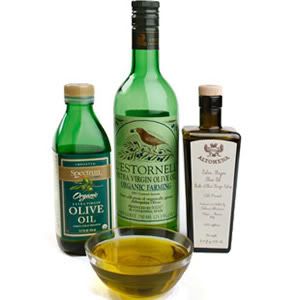
8. Find the right fats.(多食用好的脂肪,如橄榄油)
To identify foods low in cholesterol and saturated and trans fats, follow this rule: choose fats and oils (e.g., canola and olive oils) with 2 grams or less saturated fat per tablespoon.
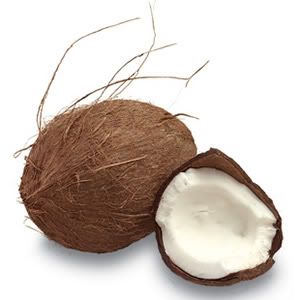
9. Check for tropical oils.(注意热带油是饱和脂肪酸)
Lots of products are now "trans-fat free" but in some cases, these fats are being replaced with saturated fats, such as palm and coconut oils. You may have heard that palm and coconut oils do not negatively affect cholesterol levels, but the research isn’t conclusive and palm kernel oil contains 80 percent saturated fat. Instead, look for products that use polyunsaturated and monounsaturated fats, which help lower LDL cholesterol.
- 来自MSN Health




